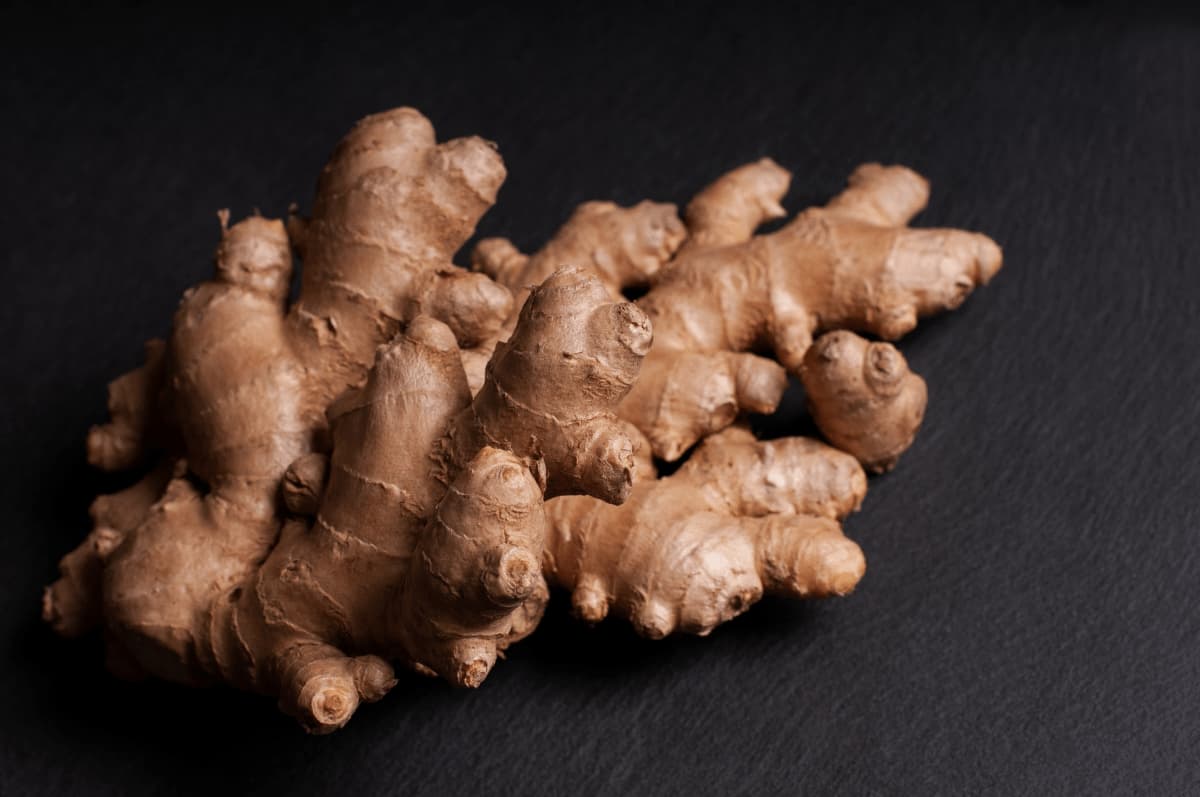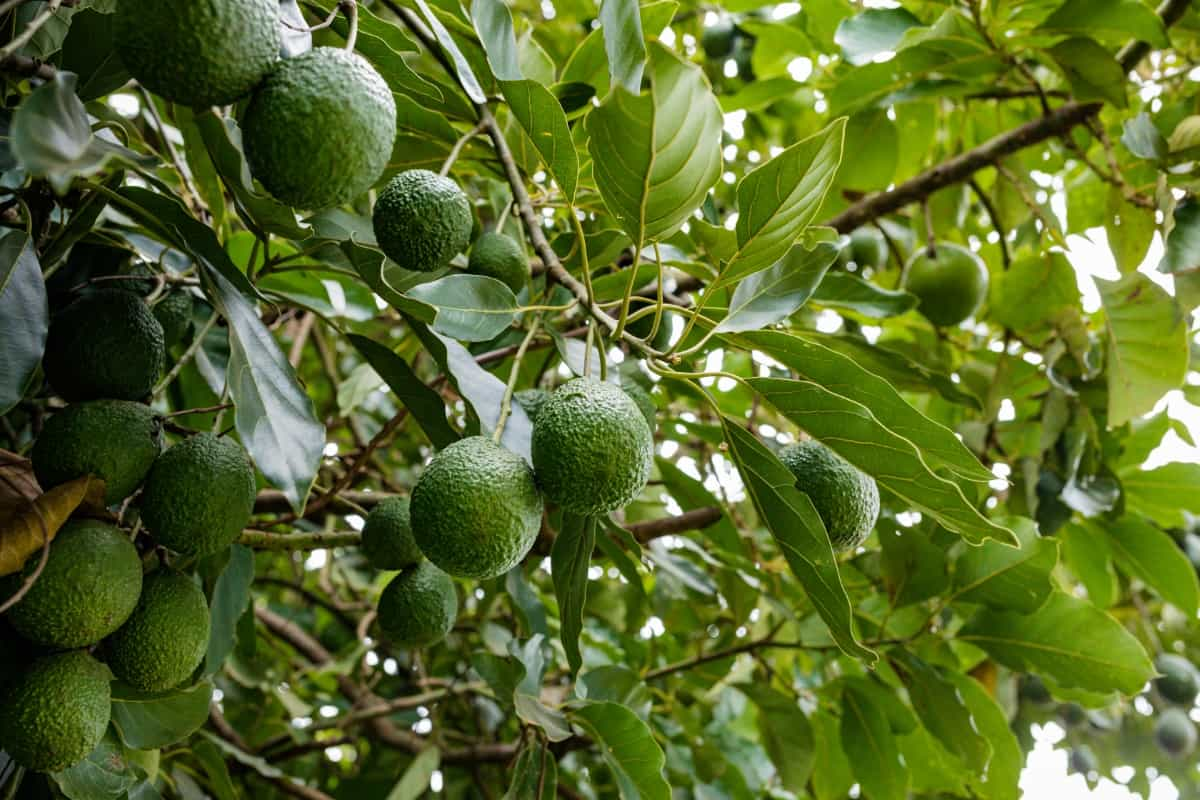Ginger Fertilizer Requirements and Recommendations: A Step-by-Step Guide
Learn the secrets to a thriving ginger harvest with our comprehensive guide to fertilizer needs and expert recommendations. Discover easy-to-read, data-driven information for healthy ginger plants that thrive in warm, tropical climates. Explore essential nutrients and optimal NPK ratios alongside organic alternatives to boost your gardening success. With accurate data and expert advice, this blog provides gardening enthusiasts with the knowledge to achieve bountiful yields and aromatic spices.

Ginger, a herbaceous plant of the Zingiberaceae family, is appreciated for its aromatic rhizome used as a spice. Ginger plants are erect, reed-like perennials with multiple bases from which shoots curl around each other. They bear pale yellow, cone-shaped flowers on shorter stems. The ginger plant reaches a height of 2 to 4 feet (0.6 m to 1.2 m) and is widely used as a spice, either fresh, dried or in powder form. Additionally, ginger essential oil can be extracted from the fresh rhizome. Valued for its medicinal properties, ginger remains popular in India and China.
Basic Requirements for Successful Ginger PlantsAs tropical plants, ginger thrives in warm, sunny climates with deep, well-drained loamy soil rich in organic matter. An optimum soil pH is between 5.5 and 6.5, while the soil temperature at planting should not fall below 25°C (77°F), with a minimum requirement of 15, 5°C (59.9°F). Annual rainfall of about 250 cm to 300 cm is best, with supplemental irrigation in case of insufficient rainfall. However, ginger plants do not like waterlogged soil.
In case you missed it: growing (organic) ginger, planting, harvesting, yield


Learn the secrets to a thriving ginger harvest with our comprehensive guide to fertilizer needs and expert recommendations. Discover easy-to-read, data-driven information for healthy ginger plants that thrive in warm, tropical climates. Explore essential nutrients and optimal NPK ratios alongside organic alternatives to boost your gardening success. With accurate data and expert advice, this blog provides gardening enthusiasts with the knowledge to achieve bountiful yields and aromatic spices.

Ginger, a herbaceous plant of the Zingiberaceae family, is appreciated for its aromatic rhizome used as a spice. Ginger plants are erect, reed-like perennials with multiple bases from which shoots curl around each other. They bear pale yellow, cone-shaped flowers on shorter stems. The ginger plant reaches a height of 2 to 4 feet (0.6 m to 1.2 m) and is widely used as a spice, either fresh, dried or in powder form. Additionally, ginger essential oil can be extracted from the fresh rhizome. Valued for its medicinal properties, ginger remains popular in India and China.
Basic Requirements for Successful Ginger PlantsAs tropical plants, ginger thrives in warm, sunny climates with deep, well-drained loamy soil rich in organic matter. An optimum soil pH is between 5.5 and 6.5, while the soil temperature at planting should not fall below 25°C (77°F), with a minimum requirement of 15, 5°C (59.9°F). Annual rainfall of about 250 cm to 300 cm is best, with supplemental irrigation in case of insufficient rainfall. However, ginger plants do not like waterlogged soil.
In case you missed it: growing (organic) ginger, planting, harvesting, yield

What's Your Reaction?












![Three of ID's top PR executives quit ad firm Powerhouse [EXCLUSIVE]](https://variety.com/wp-content/uploads/2023/02/ID-PR-Logo.jpg?#)







